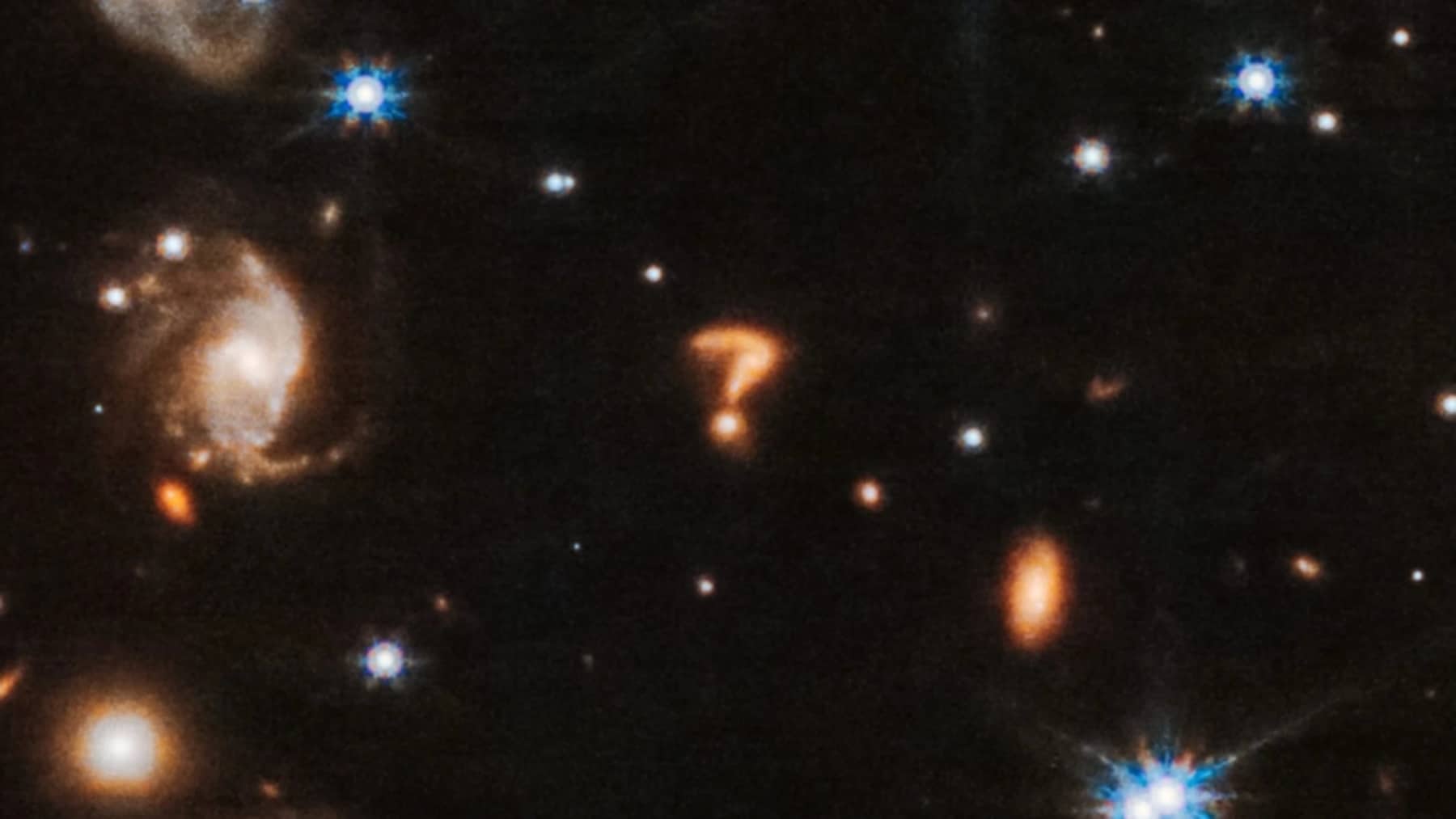The universe is packed with strange stuff, but almost nothing is as strange as the Great Attractor. This unseen gravitational attraction is dragging galaxies, including the Milky Way, at rapid speeds, about 600 km per second. This cosmic phenomenon, astronomers intrigued, prompting new explorations into the structure of our universe.
The Great Attractor is a cosmic mystery that is pulling in galaxies
The Great Attractor is a patch of space with a powerful gravitational tug, pulling galaxies in our section of the cosmos toward it. Not only our Milky Way but more than 100,000 galaxies that constitute our cosmological neighborhood are affected by this phenomenon.
While it was first detected in the 1970s, the Great Attractor is not easy to observe, as it is located behind a large plane of stars in the Milky Way, blocking direct views. However, scientists have observed galaxies in motion and recorded their paths, showing how fast they are pulled toward this unseen force.
What makes the Great Attractor different from any other gravitational source is its size and strength. The gravity in the region has made for a flow of galaxies speeding along at speeds of up to 600 km/s, or more than a million miles per hour.
These speeds demonstrate the gravitational force of the Great Attractor as it pulls galaxies toward its center. This cosmic motion questions existing theories for how galaxies mutually relate while in tandem and push astronomers to review their perception of large-scale cosmic structures.
The Milky Way is held by the Laniakea Supercluster
The Great Attractor is a pile of fascinating locations, but one that scientists can only explore once they consider the wider universe. Far from a singular anomaly, the Great Attractor is the gravitational anchor in the Laniakea Supercluster. Covering more than 500 million light-years, Laniakea is among the largest known structures in the observable universe.
It has around 100,000 galaxies, and the gravitational forces of those galaxies hold them together, pulling them toward the Great Attractor. The name of the Laniakea Supercluster, which means “immense heaven” in Hawaiian, speaks to its enormity.
The Milky Way belongs to this enormous cosmic structure and is held by the Laniakea Supercluster. This connection highlights the interconnectedness of cosmic forces and their influence on the movements of galaxies over vast distances.
Laniakea’s intricate gravitational web is a reminder that the universe is as much a dynamic, connected system as it is an expanse of distant stars and matter; the motions of galaxies are not random but a part of a vast, unseen design.
Unlocking the secrets of the universe: How scientists study the Great Attractor
In the wide-scale structure of the universe, there’s a region from which no light escapes, which is the Great Attractor. Some scientists speculated that it might be an enormous concentration of dark matter, a class of matter that has mass and exerts gravitational pull but does not emit or reflect light or energy.
Others theorize that the Great Attractor is a remnant of a colossal, ancient galaxy (like how the James Webb Telescope visits the Question Mark galaxy) or a supermassive galaxy. However, because the region is hidden behind the Milky Way’s dense plane, studying it directly is very difficult.
Astronomers have devised innovative methods to analyze the Great Attractor’s influence on neighboring galaxies. Scientists can deduce the characteristics of the Great Attractor by observing the movement of galaxies and the distribution of mass within the Laniakea Supercluster.
As the field of cosmology progresses with the increased sensitivity of gravitational wave detectors and telescopes, scientists will have an unprecedented opportunity to tackle the mysteries that have plagued one of the universe’s strangest structures for years.
The Great Attractor is still one of the most enigmatic and exciting events in the universe. The enormous mass of this giant has a gravitational force strong enough to attract galaxies, including our own Milky Way, towards it at speeds of 600 km/s, making this black hole (like how NASA discovers something terrifying with black holes) a central point in the formation and dynamics of the structure of the universe.














